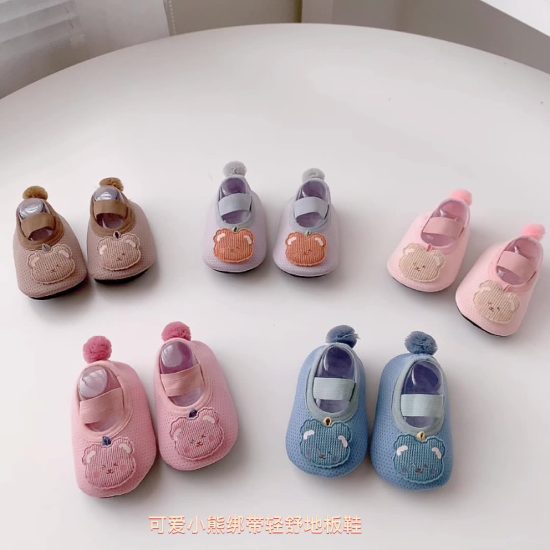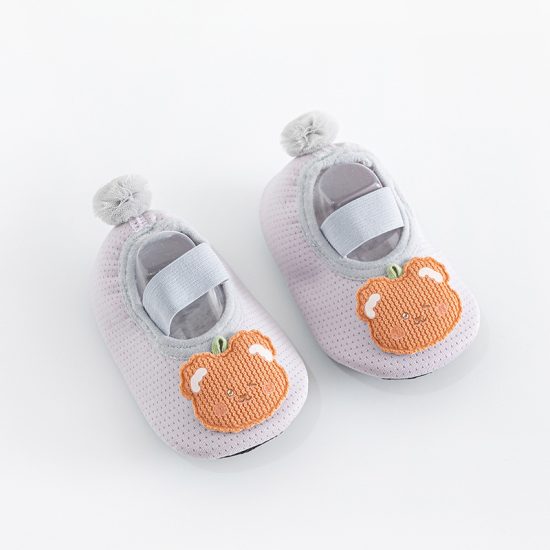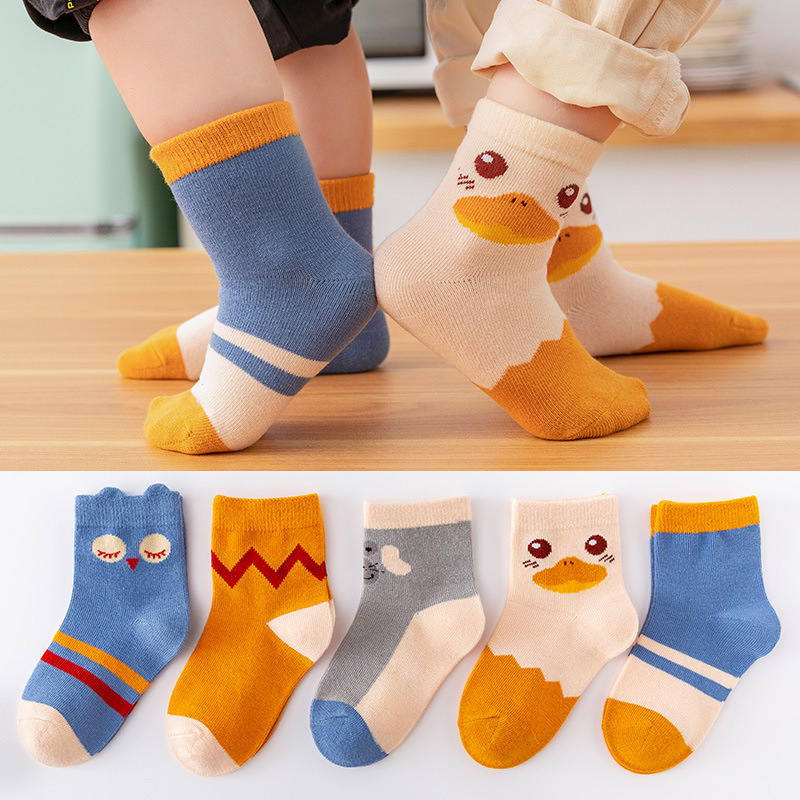The cushioning in athletic socks is designed to provide impact absorption and reduce pressure on the feet during physical activities. Here’s a look at the science behind cushioning in athletic socks and how it works:
- Impact Absorption: Cushioning in athletic socks helps to absorb the shock generated from the impact of activities like running, jumping, or other high-impact movements. When your feet make contact with the ground, forces are transmitted through your feet and can put stress on your joints and muscles. The cushioning material in socks acts as a buffer, absorbing some of that impact and reducing the strain on your feet and lower limbs.
- Padding Distribution: The cushioning in athletic socks is strategically placed in areas that experience the most impact and pressure, such as the heel and forefoot. These areas tend to bear the brunt of the force during activities like running or jumping. By adding extra padding in these specific areas, athletic socks help to distribute the pressure more evenly, reducing the likelihood of discomfort, fatigue, and potential injuries.
- Material Selection: The choice of materials for cushioning in athletic socks is crucial for effective impact absorption. Common materials used for cushioning include gel pads, foam, or air-filled pockets. These materials are selected for their ability to compress and then rebound, providing a spring-like effect that helps to dissipate the forces and reduce the impact on your feet.
- Arch Support: Some athletic socks incorporate cushioning or additional padding in the arch area to provide support. This can help reduce the strain on the arch of the foot, enhance stability, and prevent excessive pronation or supination during activities. Arch support cushioning can be particularly beneficial for individuals with high arches or those who require additional support for their foot structure.
- Energy Return: Certain cushioning materials used in athletic socks, such as specialized foams or elastomers, have energy-return properties. When compressed, these materials can store and release energy, providing a responsive feel and enhancing the efficiency of each stride or movement. The energy return can contribute to improved performance and reduced fatigue during physical activities.
- Comfort and Protection: The primary purpose of cushioning in athletic socks is to enhance comfort and protect the feet from excessive pressure and impact. By reducing the stress on your feet, cushioned socks can minimize the risk of discomfort, pain, and potential foot-related issues such as blisters, calluses, or stress fractures. The additional cushioning can provide a more comfortable and enjoyable experience during sports and workouts.
It’s important to note that the amount and type of cushioning in athletic socks can vary across different brands and models. Some socks may have minimal cushioning for a lightweight and low-profile feel, while others may feature more substantial padding for maximum shock absorption. Consider your specific activity, foot structure, and personal preferences when selecting athletic socks with the right amount and type of cushioning for your needs.
The science behind cushioning in athletic socks focuses on impact absorption, pressure distribution, and comfort to enhance performance and reduce the risk of foot-related injuries.


